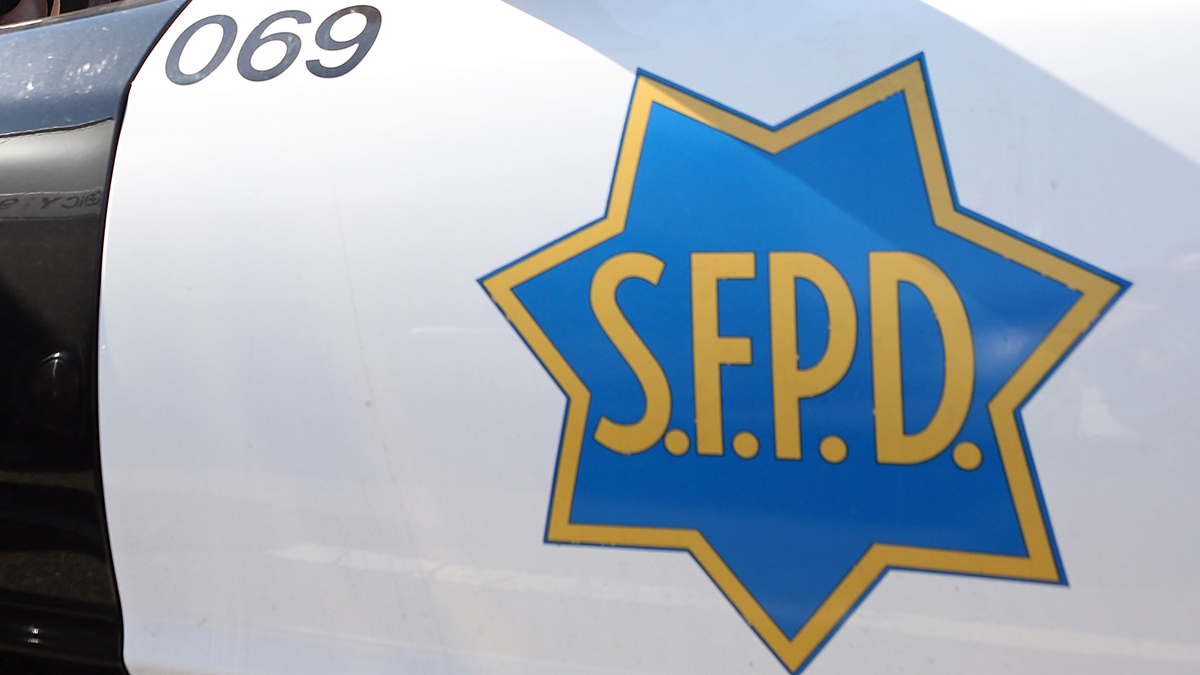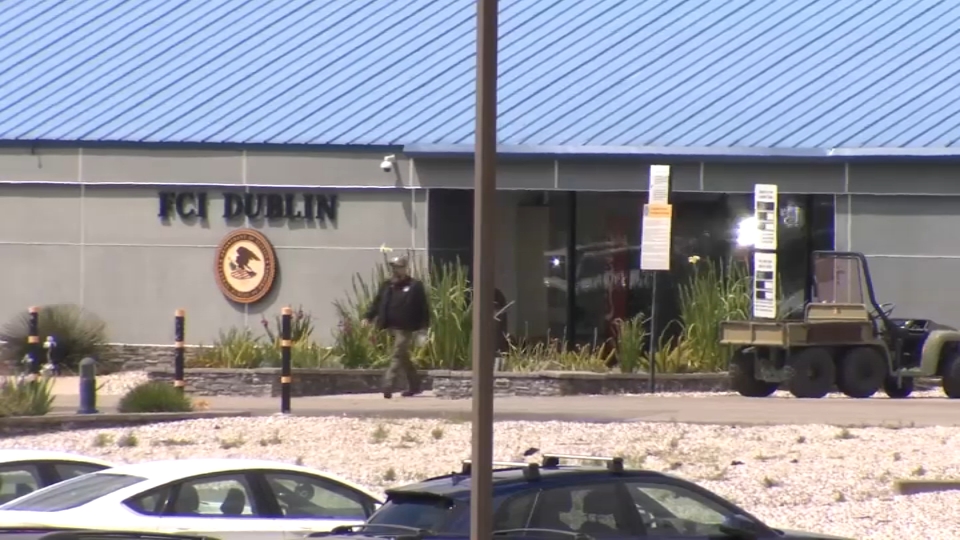She’s a mother of three in Daly City who finds herself cleaning up after the little ones almost every hour. But Tracey Helton-Mitchell didn’t always live this suburban life.
There was a time when she was sleeping on the streets of the Tenderloin in San Francisco, bouncing from alley to alley searching for her next heroin high.
She said the addiction began after a trip to the dentist and getting her wisdom teeth pulled: the Vicodin unleashed a feeling she had never felt.
“I was featured in a movie called, ‘Black Tar Heroin: The Dark End of the Street,’ which was about heroin addicts,” she said. “And I really had believed by the time the film was made that that would be something people would see after I died, because I was using so many drugs I just couldn’t stop.”
And the story of heroin use after prescription painkiller abuse continues to spread, especially after the federal government began a crackdown on prescribed opioids in the fall of 2010.
According to the Drug Abuse Warning Network, the number of emergency room visits due to painkiller abuse jumped 112-percent to almost 180,000 between 2006 and 2010.
Altogether in 2010, 12 million Americans reported abusing painkillers, according to the Centers for Disease Control and Prevention.
But that federal effort to curb painkiller abuse led to another epidemic: heroin abuse. The Justice Department reported the number of new users went up from 142,000 in 2010 to 178,000 in just one year.
And the user also seems to be getting younger. The Drug Enforcement Administration said the average age went from 25.5 in 2009 to 22.1 in just two years.
Local experts echo that trend is happening in the Bay Area.
“Definitely there’s been more young people coming to access services,” said Eliza Wheeler, who works for the Oakland-based Harm Reduction Coalition.
Local
Wheeler leads the “DOPE Project,” which aims to curb and prevent overdose deaths. She said when people had less access to the painkillers, they started to abuse heroin, and her group began getting calls for help from places they’d rarely or never heard from before.
“We’ve had requests from Marin, Contra Costa County, places like Concord, Walnut Creek, Oakland Hills,” said Wheeler.
She’s talking about cries and calls for help on how to deal with a loved one who’d become addicted to heroin after abusing painkillers, from drugs like morphine, hydrocodone and oxycodone.
Phillip Coffin is director of Substance Use Research at the San Francisco Department of Public Health. He said the city and county began a partnership with the DOPE Project in 2001, preparing to pay for and distribute a drug touted as the “opioid antagonist drug” with the ability to counter overdoses.
Naloxone is a non-addictive prescription medication, also known as “Narcan,” that can be injected in the muscle, vein or under the skin, or sprayed up into the nose. The Harm Reduction Coalition began distributing Naloxone to needle exchanges and other outreach programs in 2003.
“We saw the number of heroin overdoses decline by over 90-percent, from around 160 a year to around 10 a year for the past several years,” said Coffin.
But some parts of the Bay Area are struggling to get that Naloxone.
Megan Day, Executive Director of the AIDS Community Research Consortium (ACRC) based in Redwood City, said her agency has been hearing from the more wealthy areas: Atherton, Menlo Park, Palo Alto, Los Gatos and Santa Clara to name a few. But unlike San Francisco, she said San Mateo County provides zero funding for the drug.
There is also a struggle to get Naloxone into the hands of laypersons and give them the ability to administer the drug. Wheeler said without more clear rules, many jurisdictions were afraid to start the conversation of Naloxone distribution. A recent bill authored by Assemblyman Tom Ammiano passed in the state legislature that took effect January 1, 2014, helped push some more clarity.
It protects licensed health professionals and doctors who both prescribe and distribute Naloxone, including illicit and prescription drug abuses. The bill also encouraged health care providers to “begin prescribing naloxone to patients on chronic opioid pain medications in order to address the prescription drug overdose epidemic.”
At the national level, there has also been a push to get Naloxone in the hands of more people. U.S. Attorney General Eric Holder this month advocated the drug and giving first responders more access to it.
San Francisco District Attorney George Gascon, formerly the city’s police chief, agreed, adding police officers should also be equipped with Naloxone.
“I’m a strong supporter to provide the mechanisms for police when they can, when it’s reasonable, to have this kind of tool because they may get there way before someone else,” Gascon said.
As for Tracey, who is celebrating 16 years of being clean, the fight continues on.
Despite suffering setbacks when she loses people she knows to overdoses, she said she draws strength in her own success story and surviving overdoses, herself.
The power also comes when she looks at her three young children.
“It makes me feel like my time isn’t wasted.”



